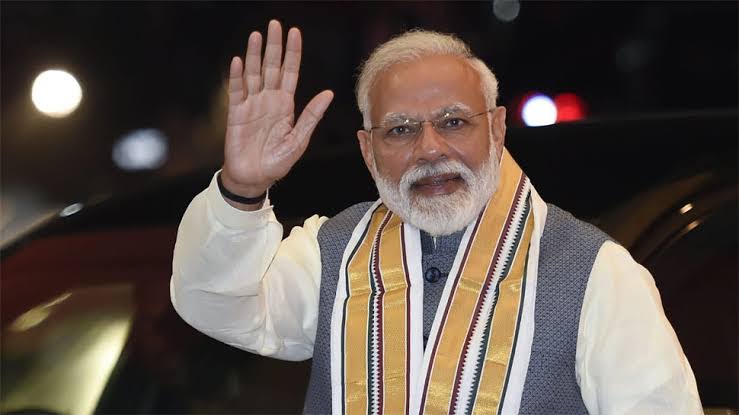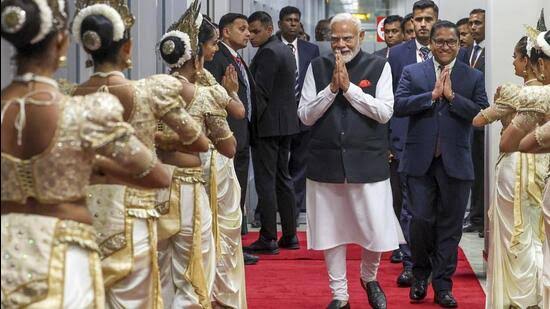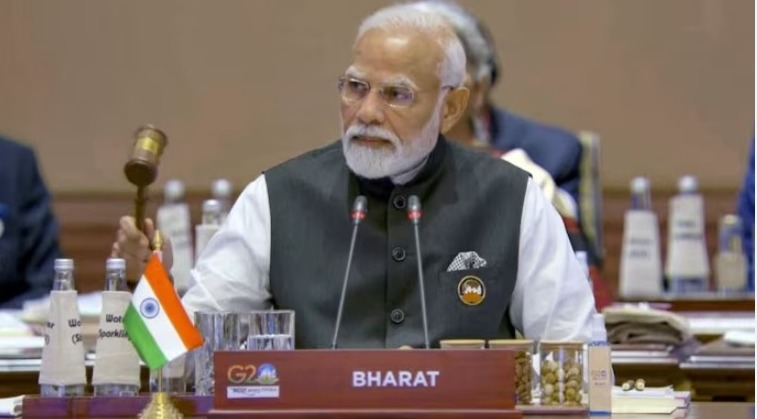The much-anticipated Union Budget 2025 is set to be presented today by Finance Minister Nirmala Sitharaman, marking her eighth consecutive budget speech—a record in Indian history. As she arrives at Parliament, carrying the now-familiar red pouch containing the digital budget document, the expectations of millions of Indians are pinned on the announcements she is about to make. This budget is especially significant as it is the first full budget of the third term of the Narendra Modi-led government, and many hope it will bring relief, particularly for the middle class.
 The lead-up to the budget has been filled with speculation about possible income tax cuts, especially in light of statements made by both Prime Minister Narendra Modi and President Droupadi Murmu, who have acknowledged the struggles of the middle class in their recent addresses. The need for relief is palpable, as rising inflation and sluggish wage growth have put financial pressure on millions of households. The government is expected to focus on measures that will boost consumption and stimulate economic growth while maintaining fiscal prudence.
The lead-up to the budget has been filled with speculation about possible income tax cuts, especially in light of statements made by both Prime Minister Narendra Modi and President Droupadi Murmu, who have acknowledged the struggles of the middle class in their recent addresses. The need for relief is palpable, as rising inflation and sluggish wage growth have put financial pressure on millions of households. The government is expected to focus on measures that will boost consumption and stimulate economic growth while maintaining fiscal prudence.
This year’s budget presentation is another milestone for Nirmala Sitharaman, who, in 2019, broke away from the colonial tradition of carrying a leather briefcase by introducing the ‘bahi-khata’ (ledger book) as a symbol of India’s cultural heritage. While the last few budgets have been paperless, the gesture of carrying the red pouch containing the digital budget document remains a powerful symbol of continuity and modernity.
The stock markets, as always, are responding with cautious optimism. Ahead of the budget announcement, the Sensex and Nifty have shown slight gains, reflecting investor hopes for measures that will boost economic activity. Meanwhile, opposition voices, particularly from the Congress, have expressed skepticism, stating that they do not expect significant changes from this budget. Critics argue that past budgets have not done enough for the common citizen and claim that any concessions made now could be election-driven.
Beyond tax relief, other key areas of focus are expected to include infrastructure spending, social sector schemes, and job creation. The Economic Survey 2024-25, tabled in Parliament yesterday, projected India’s GDP growth for the next fiscal year to be in the range of 6.3% to 6.8%, signaling a steady but cautious economic outlook. There is hope that the budget will introduce policies to accelerate growth while addressing concerns related to employment and inflation.
Another important aspect of this year’s budget is the evolving tax regime. The government has been pushing for a simplified tax structure, and many are eager to see whether the old and new tax regimes will be revised to offer better benefits to taxpayers. Reports suggest that there could be an increase in tax slabs and enhancements in standard deductions, which would provide much-needed relief to salaried individuals.
Adding a cultural touch to the event, Sitharaman has chosen to wear a saree adorned with Madhubani art, a tribute to the craftsmanship of Padma Shri awardee Dulari Devi. This small but significant gesture highlights the government’s ongoing efforts to celebrate and support India’s rich artistic heritage.
As the country watches with anticipation, all eyes will be on the announcements made at 11 AM when Sitharaman takes the floor. Will this budget bring the much-needed relief that the middle class has been hoping for? Will it introduce measures to boost employment and economic growth? These questions will soon be answered as India steps into another financial year, guided by the policies set forth in the Union Budget 2025.




